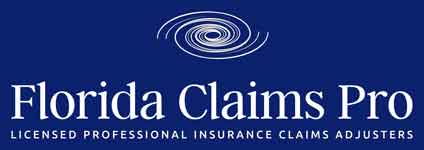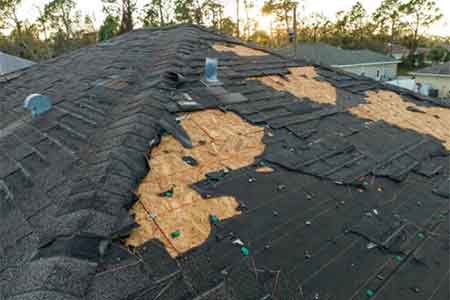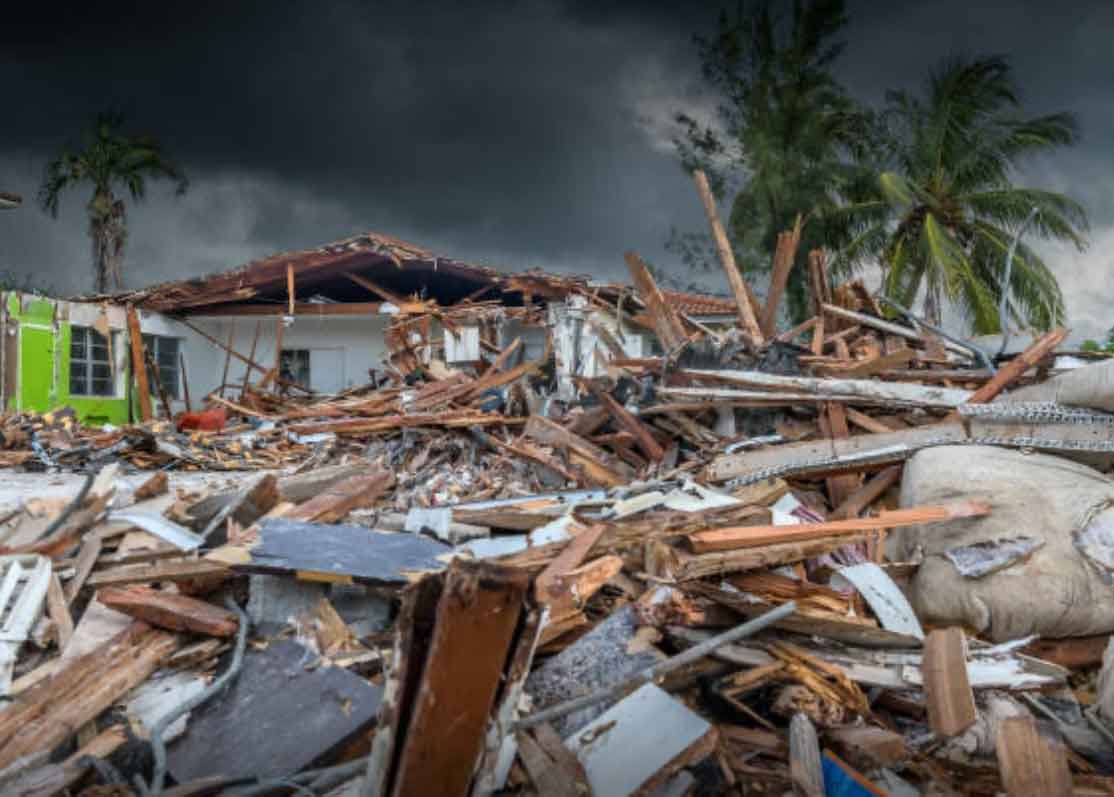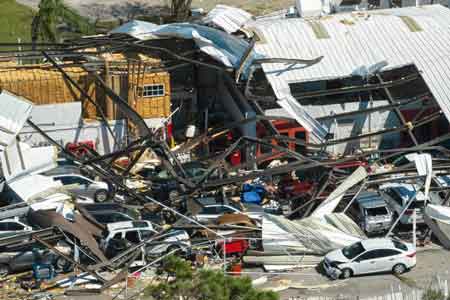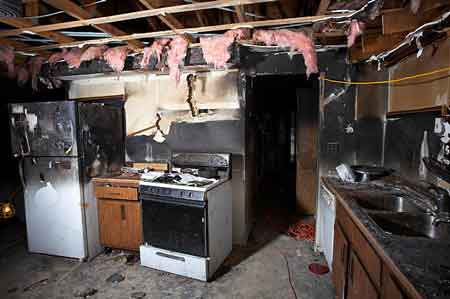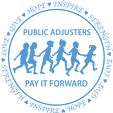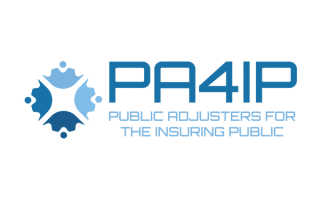
Mold is ubiquitous, and mold spores are a common component of household and workplace dust. In large amounts they can lead to mold health issues to humans, potentially causing allergic reactions and respiratory diseases.
Mold is ubiquitous, and mold spores are a common component of household and workplace dust. In large amounts they can lead to mold health issues to humans, potentially causing allergic reactions and respiratory diseases.
Indoor mold, sometimes called mildew, is a fungal growth that develops on wet materials in interior spaces. Mold is a natural part of the environment and plays an integral part in nature by breaking down dead organic matter such as fallen leaves and dead trees; mold growth should be avoided indoors. Mold reproduces through tiny spores. The spores are like seeds, but invisible to the naked eye, that float through the air and deposit on surfaces. When the temperature, moisture, and available nutrient conditions are correct, the spores can form into new mold colonies where they are deposited.[1] There are many types of mold, but all require moisture and a food source for growth.
Mycotoxins
Some mold produces mycotoxins, chemical components of their cell walls, that can pose serious health risks to humans and animals. “Toxic mold” refers to mold that produces mycotoxins, such as Stachybotrys chartarum.[2] Exposure to high levels of mycotoxins can lead to neurological disorders and death. Prolonged exposure (for example, daily) can be particularly harmful. Mycotoxins can persist in the indoor environment even after death of the fungi. They can adhere to dust particles and spread through the air attached to them or spores.[3] There must be precise temperature and humidity conditions for fungi to produce mycotoxins.[3] Infants in homes with mold have a much greater risk of developing asthma and allergic rhinitis.[4] More than half of adult workers in moldy/humid buildings suffer from nasal or sinus symptoms due to mold exposure.[4]
Remediation
The first step in solving an indoor mold problem is removing the moisture source; new mold will grow on moist, porous surfaces within 24 to 48 hours. There are several ways to prevent mold growth. Some cleaning companies specialize in fabric restoration, removing mold (and mold spores) from clothing to eliminate odor and prevent further damage to garments.
The effective way to clean mold is to use detergent solutions that physically remove mold. Many commercially available detergents marketed for mold cleanup include an EPA-approved antifungal agent.
Mold will start to grow once moisture and organic material come together. This can happen anywhere on a property, including bathrooms, walls, garages, bedrooms, kitchens, etc. A smell is a good indicator of mold growth that needs immediate attention. If not attended to, the growth can spread through the property, contributing to adverse health problems and causing secondary damage to the structure and its contents. Significant mold growth may require professional mold remediation to remove the affected building materials and eradicate the source of excess moisture. In extreme cases of mold growth in buildings, it may be more cost-effective to condemn the building than to reduce mold to safe levels.
The goals of remediation are to remove (or clean) contaminated materials, preventing fungi (and fungi-contaminated dust) from entering an occupied (or non-contaminated) area while protecting workers performing the abatement.
Cleanup and removal methods
The purpose of cleanup is to eliminate mold and remove contaminated materials. Killing mold with a biocide is insufficient since chemical substances and proteins that cause reactions in humans remain in dead mold. The following methods are used.
- Evaluation: Before remediation, the area is assessed to ensure safety, clean up the entire moldy area, and properly approach the mold. The EPA provides the following instructions:
- HVAC cleaning: This should be done by a trained professional.
- Protective clothing: Includes a half- or full-face respirator. Goggles with a half-face respirator prevent mold spores from reaching the mucous membranes of the eyes. Disposable hazmat suits are available to keep out particles down to one micrometer, and personal protective equipment keeps mold spores from entering skin cuts. Gloves are made of rubber, nitrile, polyurethane, or neoprene.[10][20]
- Dry brushing or agitation device: Wire brushing or sanding is used when microbial growth can be seen on solid wood surfaces such as framing or underlayment (the subfloor).
- Dry-ice blasting removes mold from wood and cement; however, this process may spray mold and its byproducts into the surrounding air.
- Wet vacuum: Wet vacuuming is used on wet materials, and the EPA has approved this method.
- Damp wipe: This method removes mold from non-porous surfaces by wiping or scrubbing with water and a detergent and drying quickly.
- HEPA (high-efficiency particulate air) vacuum cleaner: This type of vacuum cleaner is used in remediation areas after materials have been dried and contaminated materials removed. The collected debris and dust are stored to prevent debris release.
- Debris disposal: Sealed in the remediation area, debris is usually discarded with ordinary construction waste.
Equipment
Equipment used in mold remediation includes:
- Moisture meter to measure drying of damaged materials;
- Humidity gauge, often paired with a thermometer;
- Borescope, a flexible tube with a camera at the end, to illuminate potential mold problems inside walls, ceilings, and crawl spaces;
- Digital camera to document findings during evaluation;
- Personal protective equipment (PPE): respirators, gloves, waterproof suit, and eye protection;
- Thermographic cameras and infrared thermal-imaging cameras to identify secondary moisture sources.
- Hepa Vacuum, also known as a High-Efficiency Particle Filter, is commonly used with mold remediation to safely remove mold spores from the surface and building materials and prevent them from becoming airborne.
Protection levels
During mold remediation in the U.S., contamination levels dictate the protection level for remediation workers. Contamination levels have been enumerated as I, II, III, and IV:
- Level I: Small, isolated areas (10 square feet (0.93 m2) or less); remediation may be conducted by trained building staff;
- Level II: Mid-sized, isolated areas (10–30 square feet (0.93–2.79 m2)); may also be remediated by trained, protected building staff;
- Level III: Large, isolated areas (30–100 square feet (2.8–9.3 m2)): Professionals experienced in microbial investigations or mold remediation should be consulted, and personnel should be trained in the handling of hazardous materials and equipped with respiratory protection, gloves, and eye protection;
- Level IV: Extensive contamination (more than 100 square feet (9.3 m2)); requires trained, equipped professionals
After remediation, the premises should be reevaluated to ensure success.
Residential mold prevention and control
According to the EPA, residential mold may be prevented and controlled by cleaning and repairing rain gutters to prevent moisture seepage into the home; keeping air-conditioning drip pans clean and drainage lines clear; monitoring indoor humidity; drying areas of moisture or condensation and removing their sources; ensuring that there is adequate ventilation by installing an exhaust fan in your bathroom; treating exposed structural wood or wood framing with an EPA-approved fungicidal encapsulation coating after pre-cleaning (particularly homes with a crawl space, unfinished basement, or a poorly-ventilated attic).
Wind can affect a home, ranging from minor annoyances to significant structural damage. These effects can depend on factors such as wind speed, duration, the design and condition of the home, and local geography.
When damage occurs to your home, the first call you should make depends on the nature and severity of the damage. Below, you'll find a general guideline to help you through the incident.
Damage caused by water or flooding can have a devastating impact if not re-mediated properly and efficiently. We will act quickly to make sure the drying process happens immediately
Even a minor storm can cause massive and expensive damage to a building or home, from wind to hail to water. Florida Claims Pro Adjusters will help you with your storm damage claim when the storm passes.
Mold is ubiquitous, and mold spores are a common component of household and workplace dust. In large amounts they can lead to mold health issues to humans, potentially causing allergic reactions and respiratory diseases.
Fire and smoke damage can wreak havoc on a structure; even a small fire can cause significant damage. Hiring Florida Claims Pros to assist with a fire and smoke damage insurance claim can significantly enhance the claims process and increase the likelihood of receiving a fair settlement. We can help speed up the recovery process and reduce the stress.
